Markus Muller
A neural prosody encoder for end-ro-end dialogue act classification
May 11, 2022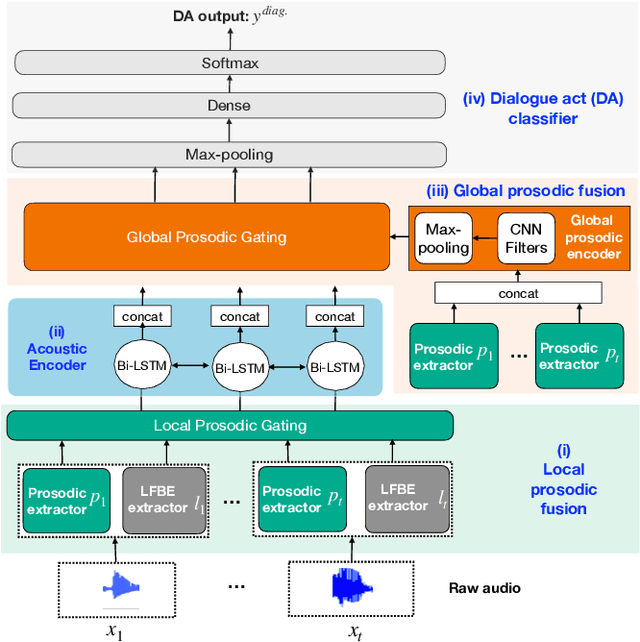

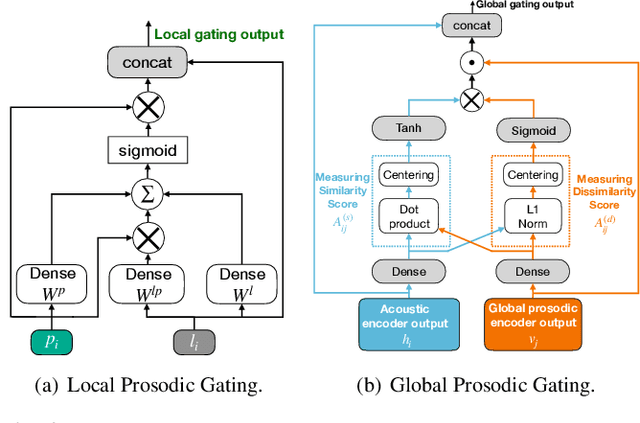

Abstract:Dialogue act classification (DAC) is a critical task for spoken language understanding in dialogue systems. Prosodic features such as energy and pitch have been shown to be useful for DAC. Despite their importance, little research has explored neural approaches to integrate prosodic features into end-to-end (E2E) DAC models which infer dialogue acts directly from audio signals. In this work, we propose an E2E neural architecture that takes into account the need for characterizing prosodic phenomena co-occurring at different levels inside an utterance. A novel part of this architecture is a learnable gating mechanism that assesses the importance of prosodic features and selectively retains core information necessary for E2E DAC. Our proposed model improves DAC accuracy by 1.07% absolute across three publicly available benchmark datasets.
Low Latency ASR for Simultaneous Speech Translation
Mar 22, 2020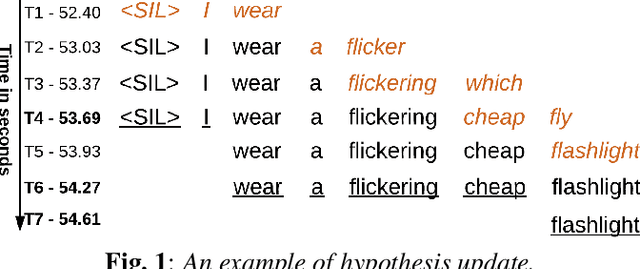
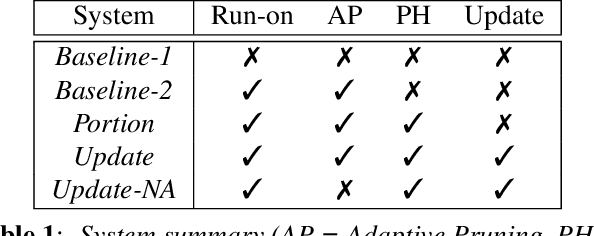
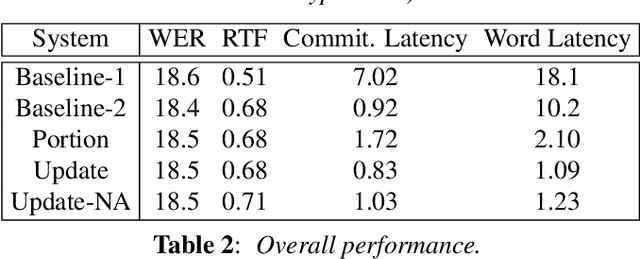
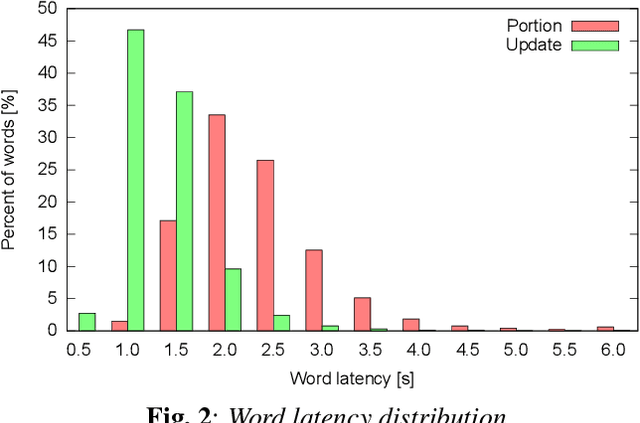
Abstract:User studies have shown that reducing the latency of our simultaneous lecture translation system should be the most important goal. We therefore have worked on several techniques for reducing the latency for both components, the automatic speech recognition and the speech translation module. Since the commonly used commitment latency is not appropriate in our case of continuous stream decoding, we focused on word latency. We used it to analyze the performance of our current system and to identify opportunities for improvements. In order to minimize the latency we combined run-on decoding with a technique for identifying stable partial hypotheses when stream decoding and a protocol for dynamic output update that allows to revise the most recent parts of the transcription. This combination reduces the latency at word level, where the words are final and will never be updated again in the future, from 18.1s to 1.1s without sacrificing performance in terms of word error rate.
 Add to Chrome
Add to Chrome Add to Firefox
Add to Firefox Add to Edge
Add to Edge